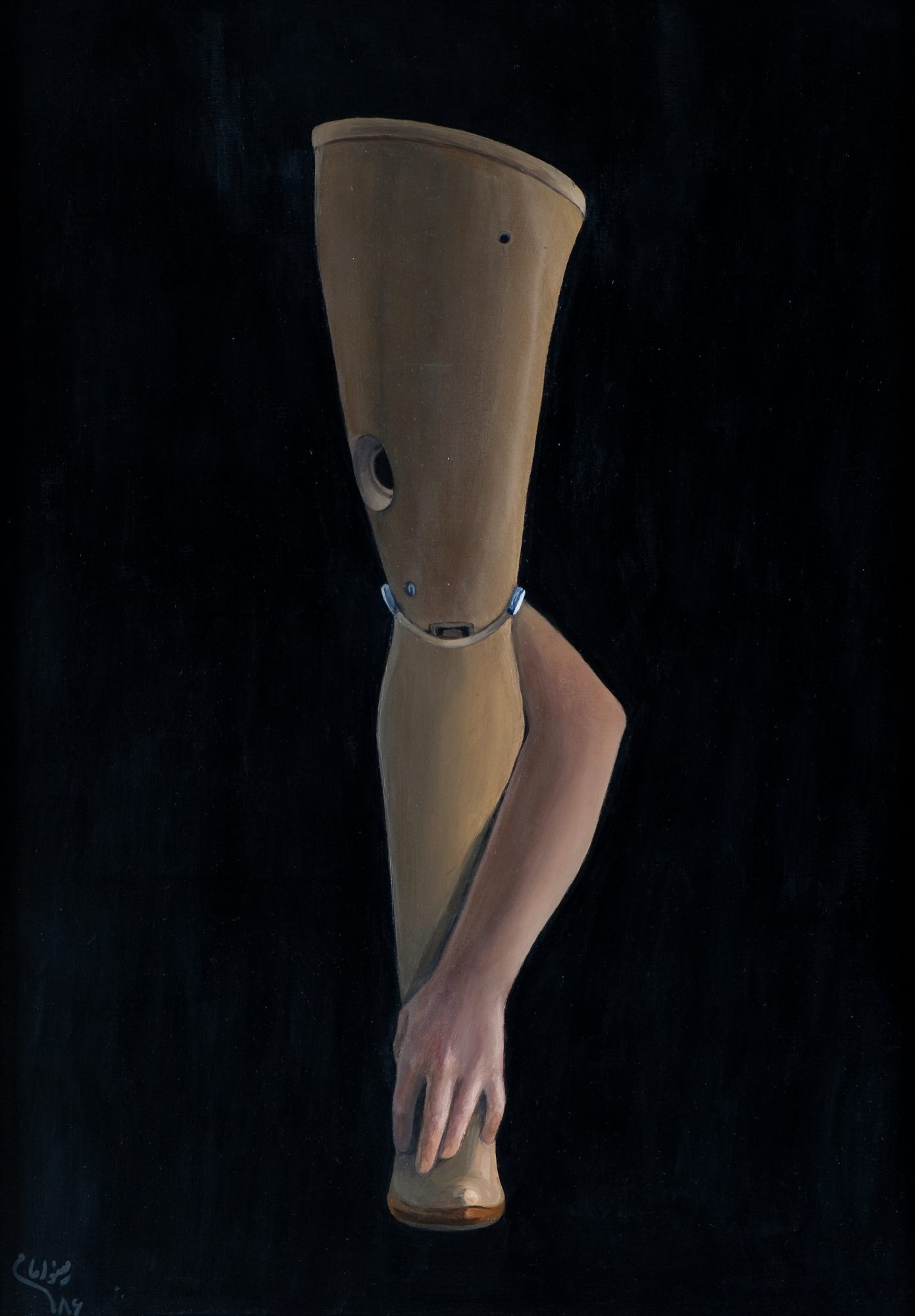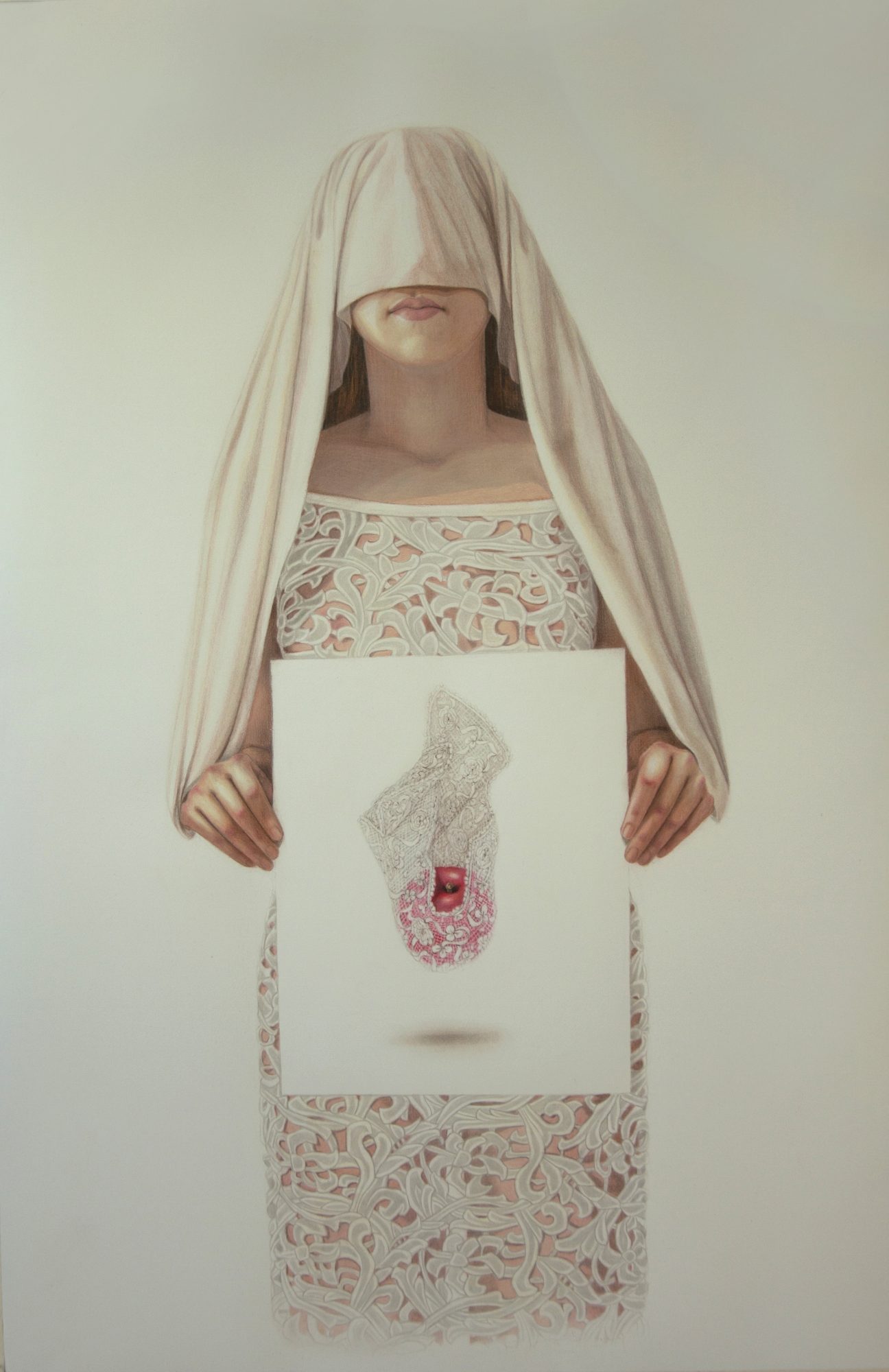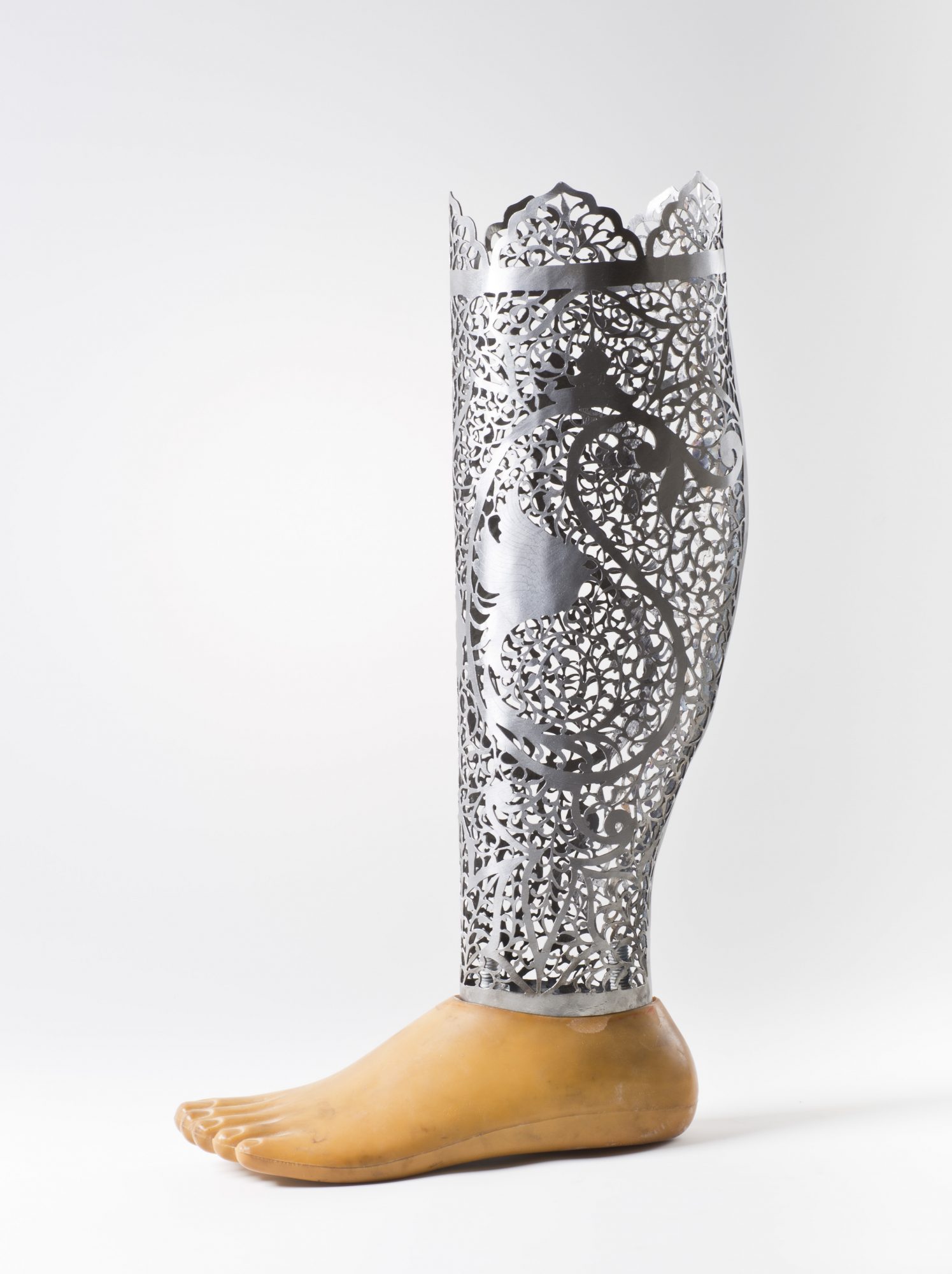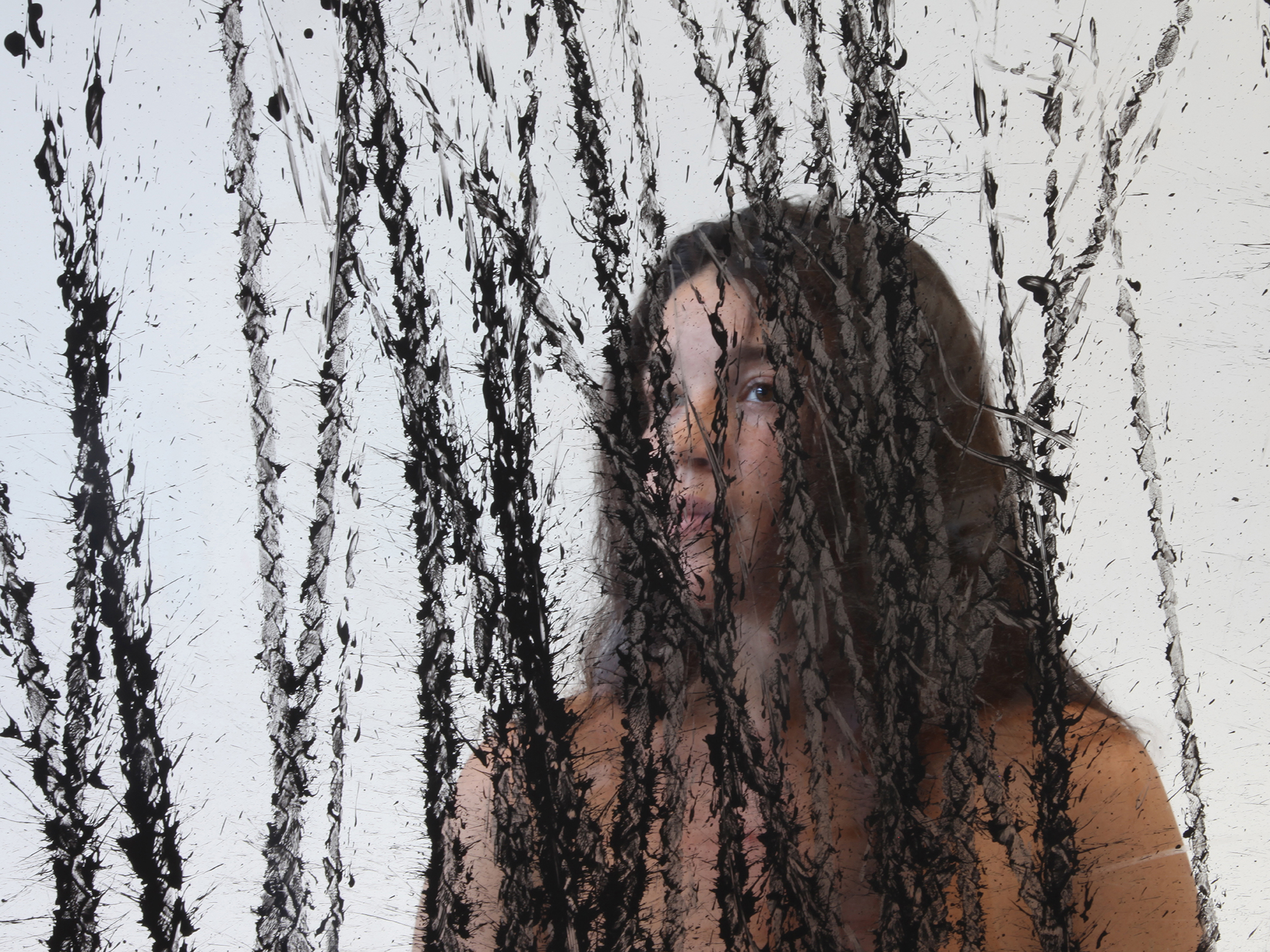

Today we’d like to introduce you to Minoo Emami.
Minoo, please kick things off for us by telling us about yourself and your journey so far.
My devotion to my art inspired me to move from my home country, Iran, to the United States to study at age 49 in January 2015. I was divorced when my only child was on her way to school in Italy. A year after, I sold my apartment in Tehran, stopped tutoring art after 17 years, donated my studio library and DVD archive to my students and came to Boston to study at the School of the Museum of Fine Art, the only school that I have applied to in my entire life.
I was born and grew up in a protective loving family in west Iran. Iran’s Islamic revolution in 1979 and the 8 years long Iran-Iraq war in the 1980s changed not only mine but also millions of Iranian lives. My world was turned upside down. Schools were closed nation-wide for a couple of years after the change, because of the Islamic Cultural Revolution, when I graduated from high school. My father has sent my sister and me to a Catholic school in London but we were homesick and returned shortly. I was married to a veteran before my final exams finished. As the result of searching for my identity and my life situation, I became a self-taught artist without knowing my husband’s unfair situation will be my art backbone for two decades.
Can you give our readers some background on your art?
In 1997, I initiated the “War” collection. In this collection of paintings and drawings, I reimagined and transformed the permanent consequences of war and its aftermath from my personal life and experiences into art. Beginning in 2013, I have collaborated with other women similarly affected to attempt to transmute war into beauty in a sustained effort to empower women and raise a unified voice against war and violence.
“The Peace March” is a series of three-dimensional works which seek to ameliorate war’s wounding by employing used prostheses – hands, legs, and feet – which have been transformed into art objects using modern and traditional techniques, methods, and materials. “The Peace March” is inspired by females who endured and have suffered from the Iran-Iraq war. However, after moving to the US I had the opportunity know and talk with both Iraqi and American women. I have learned that our stories are the same, despite the nationality or language differences, and I hope my art can connect people from diverse backgrounds.
My recent project argues that female identity is the result of a woman’s body’s relationship to power. How a woman’s social roles are dictated and how her self-image is formed similarly in any Orthodox religious tradition. In this series of work, I use media such as photography, painting, and drawing to highlight the contradictions of being of a modern woman living in a religious society.
What responsibility, if any, do you think artists have to use their art to help alleviate problems faced by others? Has your art been affected by issues you’ve concerned about?
To me, a primary function of art is the engagement and elevation of the human spirit, to increase hope, and connect people, and the purpose of war is to injure or destroy the body and spirit. My art lies at the intersection of these conflicting dualities and embodies the tensions. Just as art seeks to transcend that which would hold it down, war works… to hold down that which would transcend it.
Through gatherings and events, in my case, that those who encounter my work will be engaged by conversations and shared images elevated by the enduring spirit of those who lie behind the art, proving yet again that art can indeed connect us and therefore transcend this world.
Within the opportunity of these gatherings, we all should convey an honest assessment of the consequences of war, rejecting the valorization of war that is so prevalent in dominant narratives about war. To create a perforation between the contradictions of war’s aftermath and the awareness of the global’s consequences for everyone despite the continent or nationality.
What’s the best way for someone to check out your work and provide support?
Please visit my website, www.emamiminoo.com (recent) and www.minooemami.ir (archive).
Local visitors are welcome to visit my sculptures at the RoadIland’s New port Museum in a group show, The Shape of Birds: Contemporary Art of the Middle East and North Africa this fall.
Also, Kayafas Gallery in Boston will exhibit different projects of my work (painting, sculpture, photo, drawing, and performance) in May 2019.
Contact Info:
- Address: 253 Willow Ave, A1
Somerville, MA, o2144 - Website: www.emamiminoo.com
- Phone: (423)967-9885
- Email: info@emamiminoo.com







 Image Credit:
Image Credit:
Courtesy of the artist and the Kayafas Gallery.
Getting in touch: BostonVoyager is built on recommendations from the community; it’s how we uncover hidden gems, so if you know someone who deserves recognition please let us know here.
















